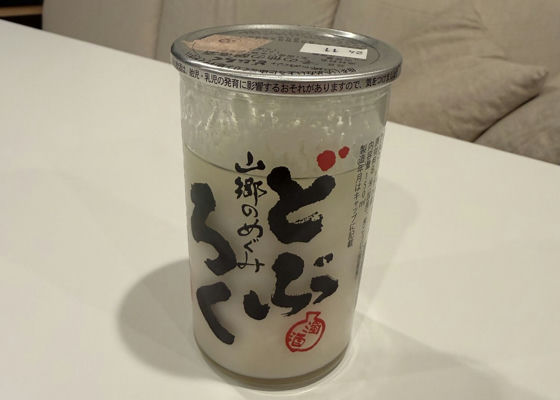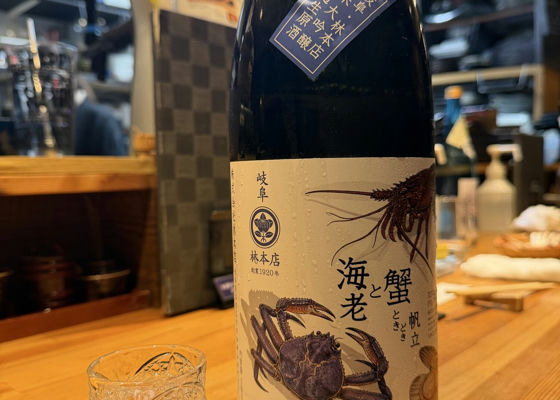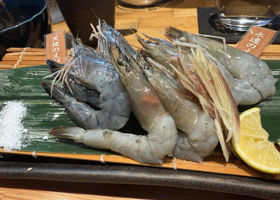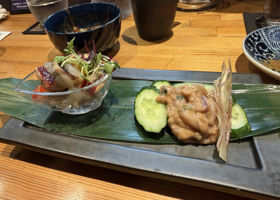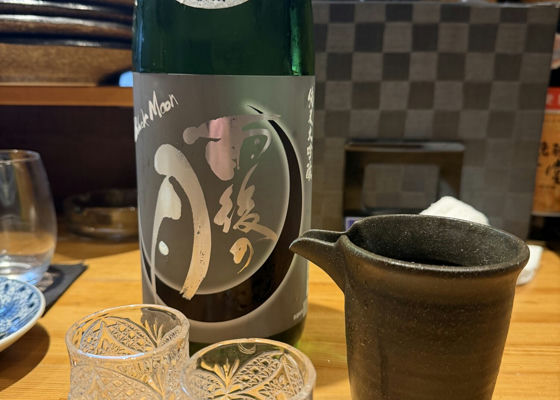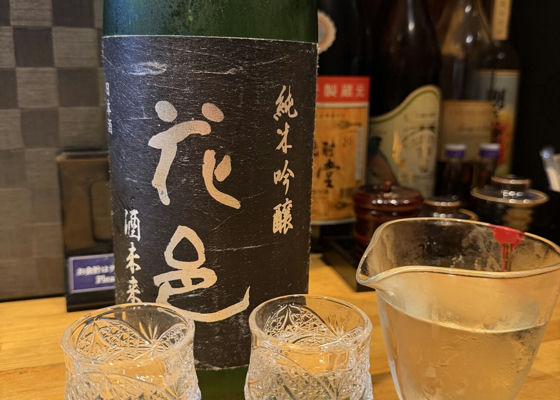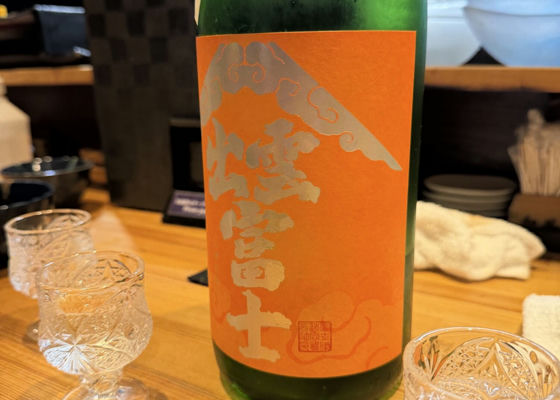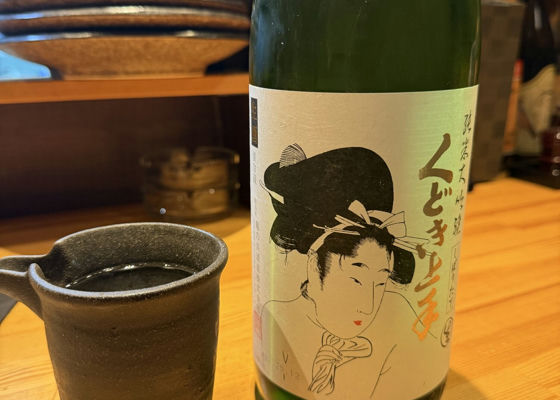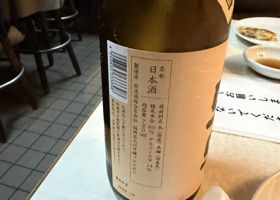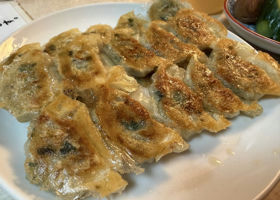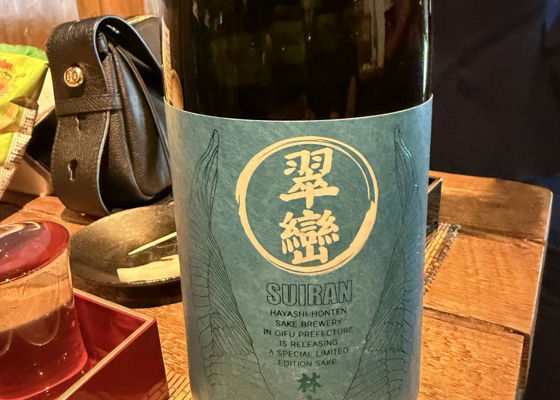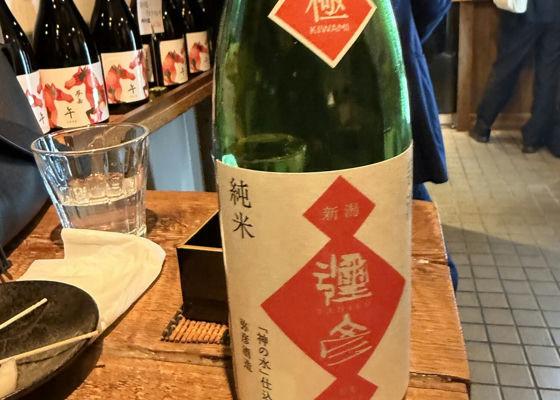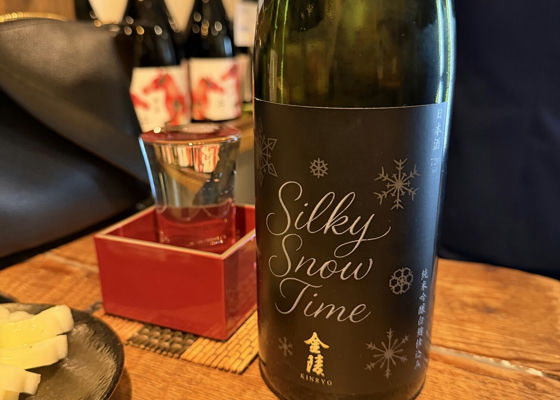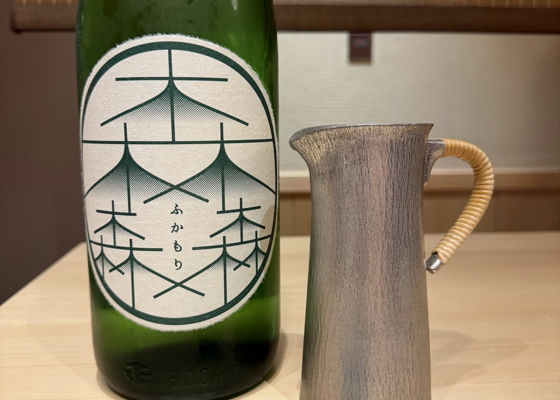
じゅんさん
The first sake of the year is
Kaito Otokoyama Daiginjo, which won a gold medal at the National New Sake Competition last year.
We received this as a year-end gift last month.
It is round and very elegant. The aroma and the taste are both refined with a sense of luxury.
It is a suitable one for New Year's Day.
Rice:35% Yamadanishiki polished rice
Alcohol content: 16%.
Sake meter: +2
Acidity: 1.2
Heat treatment: 2 times
Japanese>English

